Support OpenDurham.org
Preserve Durham's History with a Donation to Open Durham Today!
OpenDurham.org is dedicated to preserving and sharing the rich history of our community. Run by our parent nonprofit, Preservation Durham, the site requires routine maintenance and upgrades. We do not ask for support often (and you can check the box to "hide this message" in the future), but today, we're asking you to chip in with a donation toward annual maintenance of the site. Your support allows us to maintain this valuable resource, expand our archives, and keep the history of Durham accessible to everyone.
Every contribution, big or small, makes a difference and makes you a member of Preservation Durham. Help us keep Durham's history alive for future generations.



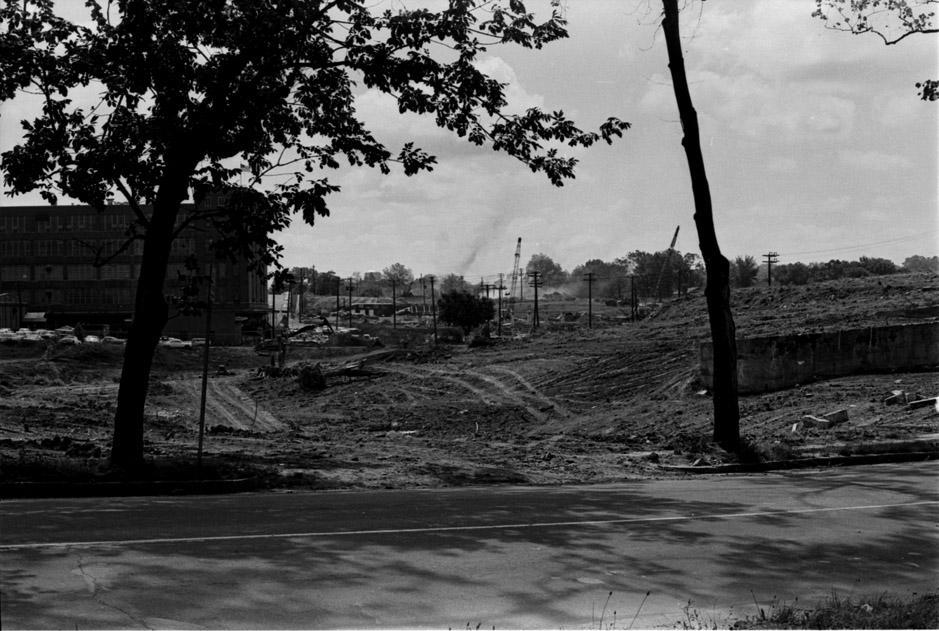
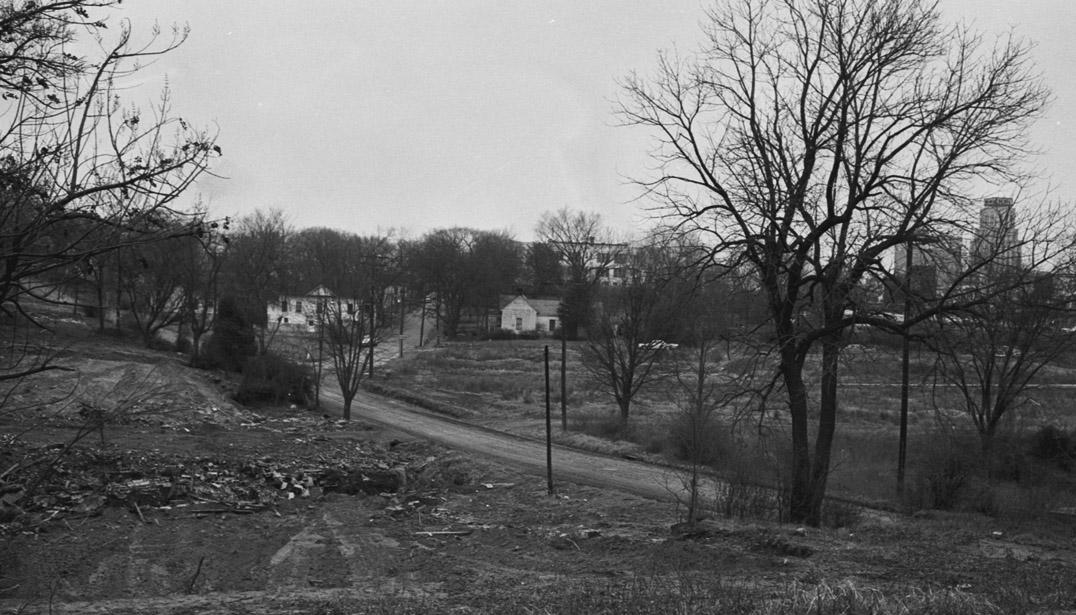
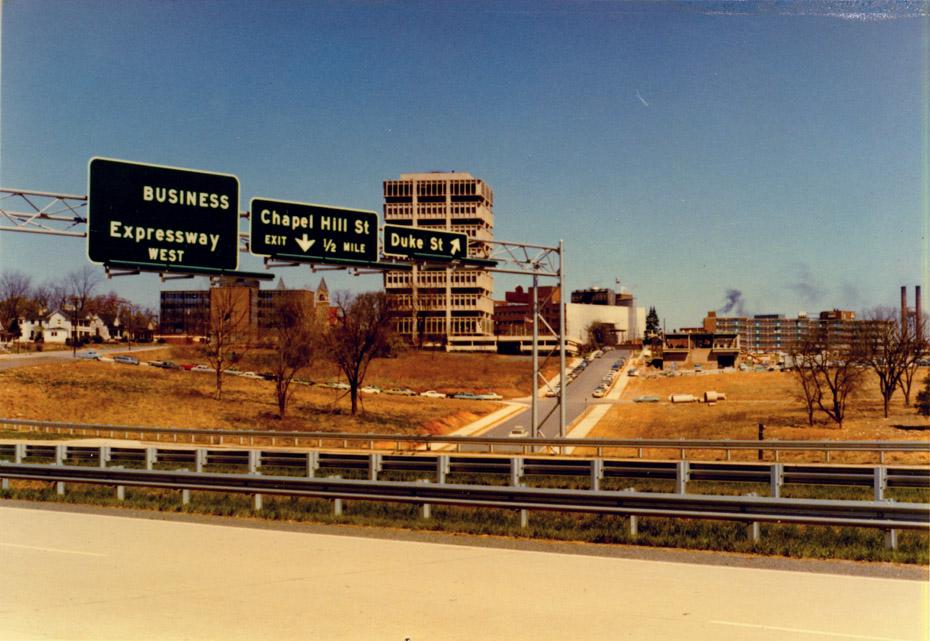
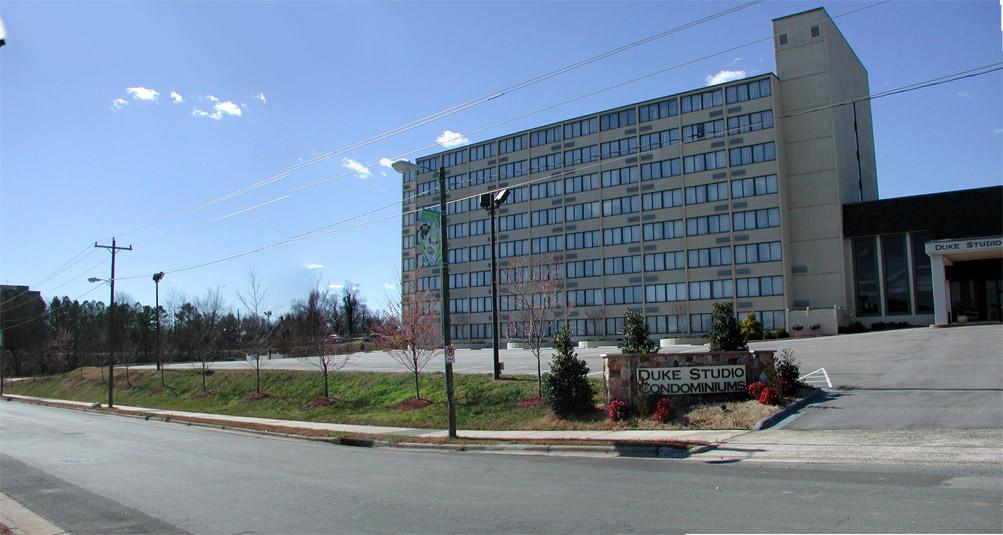
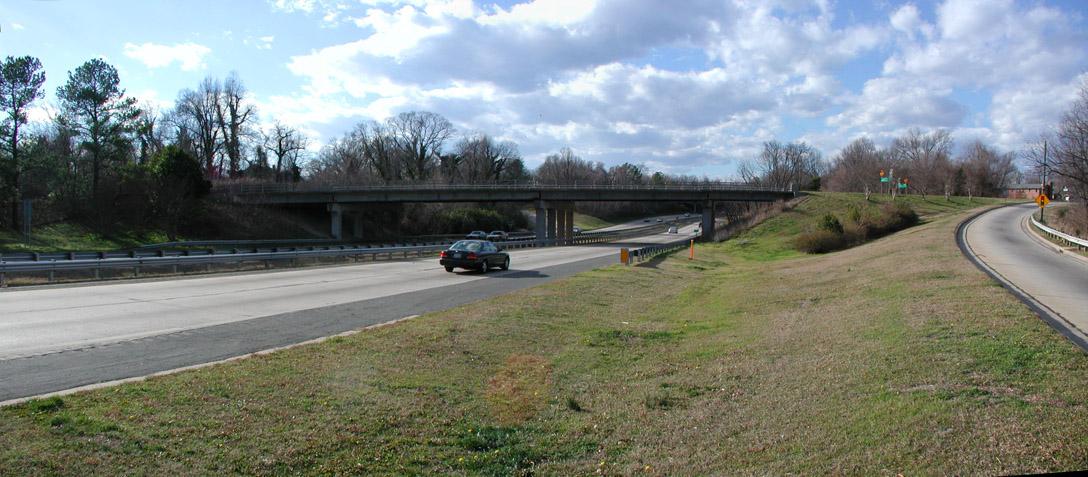
Comments
Submitted by Jeremy T (not verified) on Thu, 3/13/2008 - 2:08pm
Count me among those who have been "enlightened" thanks to this blog. It's surprising to see the true scope of urban renewal and visualize the dramatic ways in which it has reshaped Durham.
I've also been struck by some of the decay in the "before" shots, and it's easy to imagine how such an ambitious response would be embraced by a city desperate to stay alive. What a shame that things didn't work out better.
Submitted by dcrollins (not verified) on Fri, 3/14/2008 - 9:41am
love those metal roofs. The WSJ had a big story last weekend on how they are coming back in style -- I have one on my outbuilding and the sound of the rain is great.
Add new comment
Log in or register to post comments.